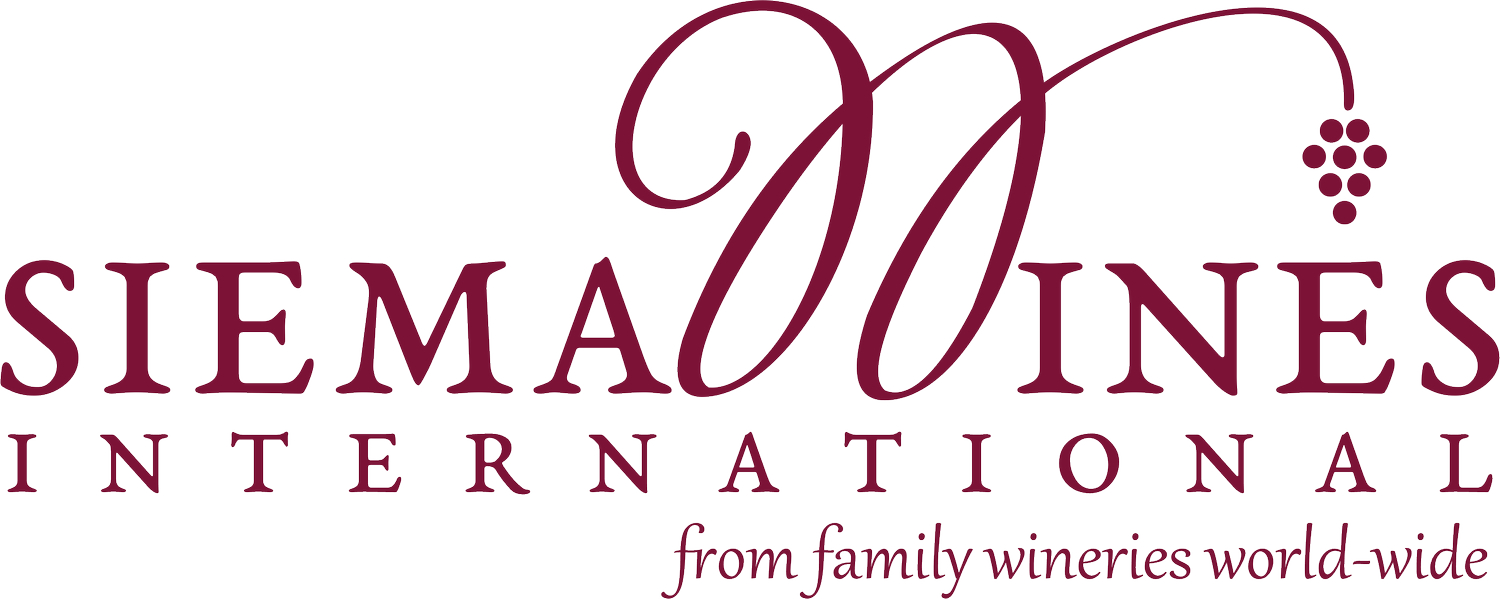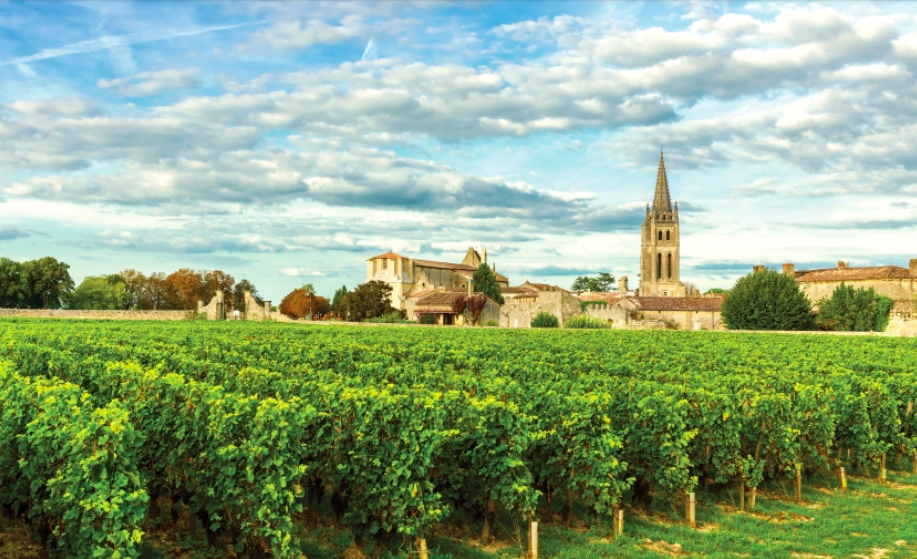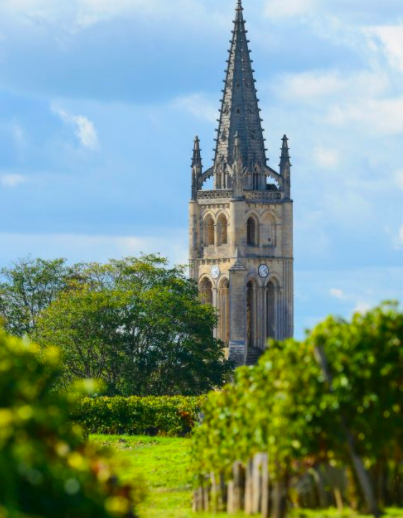Chateau Hautu-Pezat
Bordeaux, France
About Chateau Hautu-Pezat
Sustainably Farmed / WOMAN winemaker / WOMAN OWNED
The first writings of the Dulon family date back to 1737. Bertrand Dulon, native of Soulignac and valet in the service of the priest François de Solirenne, married Marguerite Patrovilleau on May 30, 1737. Together they will run an inn in their native village until Bertrand seize the opportunity to buy a room a few kilometers away, from Etienne Milh, winemaker. Despite its dilapidated state, Bertrand and Marguerite are happy to become buyers and choose to maintain the adjoining land planted with vines. Bertrand Dulon then became an innkeeper-winegrower and unwittingly predestined future generations to the wine world. Bertrand and Marguerite Dulon's legacy consisted of 2 hectares of vines. Jean Dulon, their son, will continue an approach initiated by his father: the expansion of wine-growing areas. The property was thus passed down from generation to generation.
When Michel Dulon inherited the property from his father in 1970, it covered an area of 40 hectares. If until then Vignobles Dulon was known for their production of bulk wine, little by little, through numerous investments, they turned to a production packaged under their own castle name.
With his wife Françoise, also from a family of wine growers, they will develop the family business to currently reach 150 hectares spread over 4 properties: Châteaux Grandjean and Julian in Entre-deux-Mers, Château du Vallier in Cadillac Côtes de Bordeaux and Château Haut Pezat in Saint Emilion Grand Cru.
Since 2012, their two daughters, Sophie and Carole have gradually taken up the torch, forming a duo in the image of the history of the Dulon family.
SAINT-ÉMILION and SAINT-ÉMILION GRAND CRU appellations are geographically intertwined. The appellation areas include the territories of a dream-like list of nine villages or towns. The first is Saint-Émilion, which has been the epicentre of the wine growing area since the monks arrived in the 8th century. The villages of Saint-Christophe-des-Bardes,Saint-Etienne-de-Lisse, Saint-Hippolyte, Saint-Laurent-des-Combes, Saint-Pey-d’Armens, Saint-Sulpice-de-Faleyrens and Vignonet complete the picture with parts of the town of Libourne.
It was 20 years ago that the eight villages belonging to the Jurisdiction of Saint-Émilion were listed as a world heritage site, on the grounds of their “cultural landscape”. Through this listing, UNESCO granted recognition to the exceptional character and the universal importance of Saint-Émilion’s vineyards. This was an accolade for this area steeped in centuries of history. And it brought tremendous recognition for the men and women whose enthusiasm has helped to preserve this thousand-year-old winegrowing region, its landscapes and soils over the centuries.





